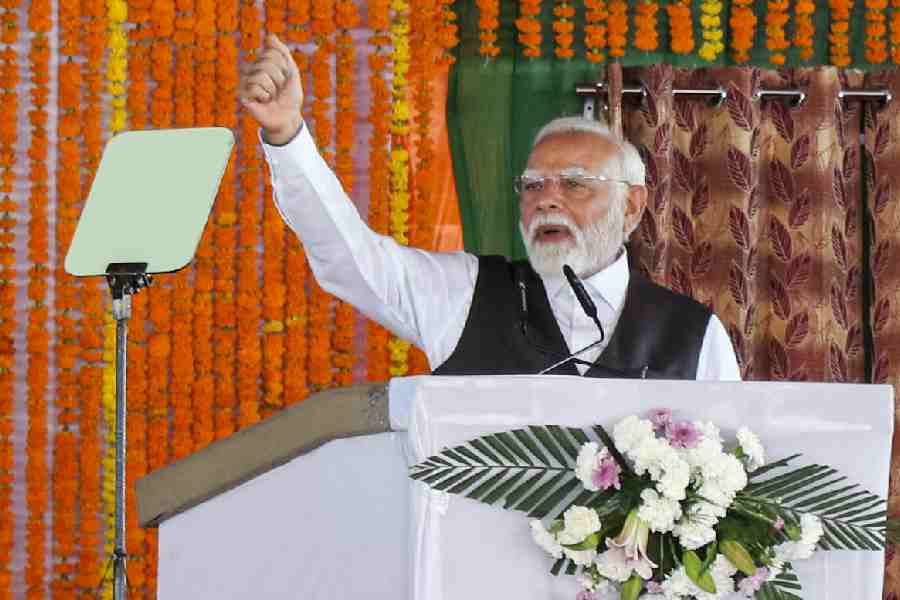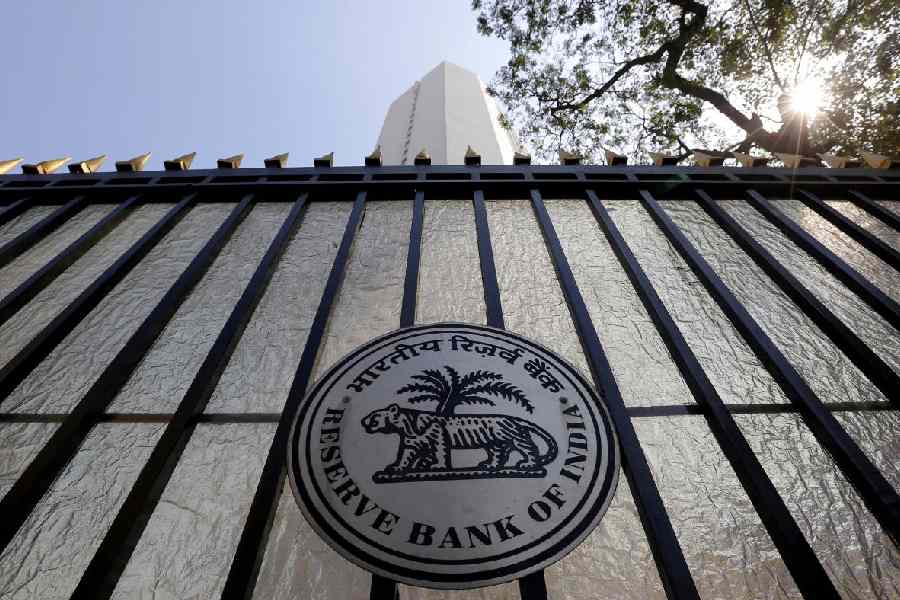 |
If your kitchen budget is on fire, blame the Ranchi mirchi — it’s too hot to handle.
A host of adverse factors — from rainfall deficit and low production to lazy monitoring and limited know-how — has triggered this sudden spurt in the price of green chilli across markets in the state, with the capital and Jamshedpur being the worst hit.
Monday morning’s retail rate of Rs 90-100 per kg in Ranchi and Rs 150 per kg in Jamshedpur — an increase of 100 to 200 per cent in a fortnight — robbed home-cooked lunch of its familiar flavour and prompted vendors to consider a shuffle in their shelves.
The Telegraph spoke to farmers, traders, agriculture scientists and homemakers for the past two days to discover a supply chain riddled with anomalies that can spark price rise at the drop of a sack
Season, the reason
Barring April-May, Jharkhand is self-sufficient in production of green chilli, cultivated across Ranchi pockets such as Pithoria, Kanke, Namkum, Mandar, Chanho, Budmu and Bero, besides Latehar, Dumka and Hazaribagh. Jamshedpur largely depends on supply from the capital as well as from neighbouring Bengal.
The chilli yield has been hit by lack of adequate rainfall. Chilli produced in the Kanke-Bero belt accounted for just 50 per cent of the total requirement.
Production also suffered because many farmers who had grown chilli last year shied away from cultivating the crop this season fearing a glut like last year that had dragged down the price.
“This year, summer was hotter than usual. Hoping that monsoon will arrive on time, farmers had planted chilli in the second week of June. Saplings did start flowering, but wilted for want of rain. The Nor’wester played truant too and crops suffered,” explained Ram Prasad Mehta, vice-president of Jharkhand Agro Association.
With monsoon playing catch-up, many farmers have planted fresh saplings in the last week of June.
“The yield will start reaching the market not before a month. It takes around seven to eight days for a flower to develop into a chilli. Till then, the price is likely to remain high,” Mehta added
Man-made crunch
If weather spoilt the crop and economic reasoning took away the incentives for farmers to grow chilli, veterans in the Bengal market saw an opportunity to use the situation to make a killing.
Result: Jamshedpur, which also depends on supply from North and South 24-Parganas in Bengal, bore the brunt.
An insider said a section of wholesalers created an artificial shortage by “manipulating” supply. Bulk buyers gather in Bengal’s markets early in the morning or late in the night, depending on the expected arrival of trucks.
“Some wholesalers bribe truck drivers to reach later than the usual auction time, causing an artificial stock shortage that helps them raise the price,” said a wholesaler in the neighbouring state.
According to a survey, 10 trucks of green chilli come to the Sabji Mandi in Sakchi every day, but the past couple of weeks have seen only two.
The price of green chilli at Bistupur Market showed stock market-like fluctuations in five days.
“On Thursday, the rate was Rs 150 per kg. It dropped to Rs 50 a kg on Friday, but soared to Rs 200 per kg by Saturday. The price plunged to Rs 120 a kg on Sunday and then marginally rose to Rs 150 per kg on Monday,” said a market observer
Know-how need
Farmers in both Jharkhand and Bengal say planting chilli on the same plot year after year is counter-productive. When chilli cultivation is repeated, the yield can be up to 40 per cent less, they pointed out.
Few farmers are able to do anything about it though. “We have no clue why the plants sometimes die despite watering. Is it because of inadequate rainfall or something else, we do not really know. We don’t have the technical expertise to address the problem. We wish the government could help with more technical know-how,” said a farmer in Kanke.
Irrigation hurdle
In Jharkhand, around 500 hectares is under green chilli cultivation per annum. The total yield is 500 tonnes. This summer’s crop was a disaster and the agriculture department allegedly did little to turn things around.
“Though the government offers all possible help — from soil testing to bringing fertiliser to our doorstep — we could save only 50 per cent crop. Irrigation was a challenge,” said Umar Sajjad, a farmer in Ormanjhi who had cultivated chilli in 10 decimal land and ended up producing only 25kg of chilli.
Upendra Narayan Oraon, managing director of Jharkhand Agriculture Marketing Board, admitted that they could not coerce farmers to sell their chilli at lesser price.
“Farmers are selling chilli at Rs 60-70 a kg. Production is less and demand is high. The board cannot do anything,” Oraon said.











